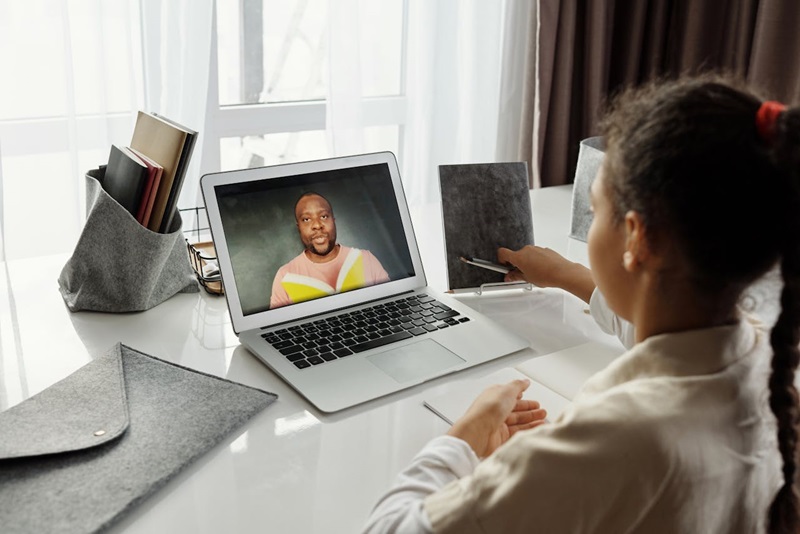
Have you ever pondered over the processes and routines that shape our young ones’ minds, helping them blossom into future leaders? Ever wondered about the unique blend of methods that mould preschoolers into well-rounded individuals? Today, we dive into the realm of early childhood education, exploring innovative techniques that amplify learning and its outcomes.
The initial years, marked by cognitive, emotional, and physical development, form a toddler’s personality. They hint at the path the child would tread later. Hence, the necessity to emphasize apt learning techniques. In this write-up, we shed light on this hitherto under-discussed topic of innovative techniques in early childhood education.
Our journey spans the well-documented ways of invigorating learning, both inside and outside the classroom. We investigate its pros and cons, peeping into the contemporary pedagogies shaping our future generation. So, let’s embark on this enlightening journey of exploring, understanding, and amplifying these techniques.
Probing the What and Why of Innovative Early Childhood Education Techniques
What is innovative pedagogy, and why is it gaining traction? Innovative pedagogy refers to the unique teaching techniques leveraging technology, creativity, and activity-based learning. It incorporates relatable context, fostering curiosity and critical thinking in children.
Early-onset of these techniques fosters cognitive development and creativity, influencing a kid’s perspective about learning and education. It encourages interactive learning, nurturing problem-solving skills. These techniques develop socio-emotional abilities, fostering patience and resilience from a young age.
Exploring dynamic ways of learning aids integral development, setting the foundation for a well-rounded personality. By honing skills early on, children start resonating with the surroundings, embracing challenges positively, and enhancing their learning experience.
Spotlight on Innovative Techniques: Changing the Learning Game
So, what constitutes these techniques? It is an amalgamation of Technological Enhancements, Interactive Storytelling, Visual learning, Outdoor Learning, and Usage of Play-way Methods.
Technological Enhancements like gamified learning apps foster easy comprehension. The Interactive Storytelling approach, using puppets and short films, help children visualize stories.
Outdoor Learning broadens a child’s perspective on the environment and its significance for the ecosystem, fostering responsibility. Play-way methods spur curiosity and learning, developing their social and motor skills.
The focus shifts from rote learning to understanding, amplifying the essence of knowledge. The spotlight is on nurturing inquisitive learners who can think, understand, infer, and express themselves.
The Pros and Cons: An Objective Insight
Like any other method, Innovative early childhood learning techniques also come with their pros and cons. The pros include fostering independence, creativity, critical thinking, and problem-solving abilities. Such techniques often inspire lifelong love for learning and a hunger for knowledge.
However, for the negatives, increased reliance on technology can distance a child from tangible activities and physical exercise. Also, these require well-trained educators, making it limited to establishments possessing the right infrastructure and resources.
Global Glimpse: Innovative Techniques Making a Difference
Countries like Finland are spearheading this movement, imbibing creativity, collaboration, and curiosity in the education system. In Japan, they employ unstructured free play, boosting creativity and problem-solving skills.
Singapore stresses experiential learning, focusing on the ‘learning-by-doing method’. The Reggio Emilia approach in Italy emphasizes project-based learning. Thus, innovative techniques are shaping the future generation across the globe.
The Future of Early Childhood Education: Steering Ahead
The future beholds a sea of opportunities for innovative early childhood education. The focus will be more on personalized learning, fostering individual creativity and critical thinking. Technology will play a significant role, making learning a fun-filled, engaging process.
Conclusion
Imbibing fresh techniques in early childhood courses aids in shaping the holistic personality of children, equipping them with essential life skills. Although these methods come with their set of challenges, they promise to revolutionize the learning process.
By amplifying curiosity and knowledge enrichment, these innovative techniques set the groundwork for future learning. Let’s reiterate the essence of early childhood education, understanding and amplifying these methods for a wholesome future generation. Irrespective of the challenges, the focus should always be on nurturing curious, innovative minds, leading towards a progressive society! Our tomorrow rests on them, after all. Isn’t it our responsibility to shape it well?